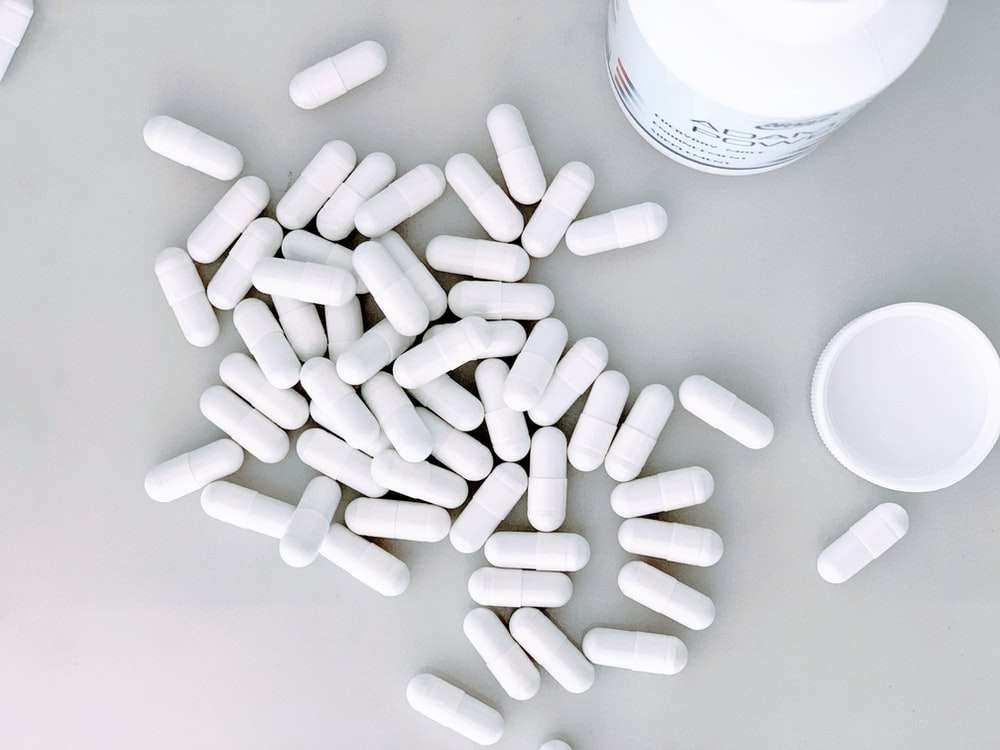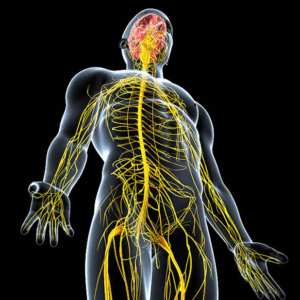Description
Anxiety: Causes, symptoms, and treatment options
Anxiety is an important mental health problem worldwide around the globe. Anxiety disorders are characterized by excessive worry or fear of something that can be potentially dangerous. Those who battle with it daily may find it overwhelming. There are many causes of anxiety disorders, such as genetics or brain chemistry imbalances.
Anxiety can manifest in many different ways. Symptoms of anxiety may include muscle tension, sweating, shortness of breath, and an increased heart rate. In addition, people with anxiety disorders often have recurring thoughts about what they fear will happen or are afraid might happen. People with anxiety feel like everything is their fault or worry excessively about what others think of them. One standard treatment option is a medication that works to regulate the balance of chemicals in the brain by slowing down nerve impulses or increasing serotonin levels which help to ease these symptoms.
Anxiolytic drugs: How They Help Patients
Anxiolytic drugs, also known as anti-anxiety medications, are a class of pharmacological agents that produce anxiolysis; they reduce anxiety and promote feelings of well-being. Doctors can prescribe these drugs to treat many different types of anxiety disorders, including generalized anxiety disorder (GAD), social phobia (SP), panic attack disorder (PAD) and post-traumatic stress disorder (PTSD).
What type of drug is used for which condition?
There are three main classes of anxiolytics: benzodiazepines, beta-blockers and antidepressants. Benzodiazepines work in the brain to inhibit neuron transmission and increase GABA levels. Beta-blockers decrease heart rate and blood pressure while reducing overall emotional arousal. Antidepressants are used for anxiety with high comorbidity of depression or anxiety-related disorders or in cases where the person does not respond to other drugs. The mechanism of action for anxiolytic drugs varies between the different classes of these types of medications, but all are believed to deliver their anxiolytic effects through the modulation of GABA, an inhibitory neurotransmitter.
Some commonly used anxiolytics
The most common types of anxiolytics prescribed for this purpose include benzodiazepines, buspirone, and antidepressants (tricyclics). Among the benzodiazepines, diazepam is the most commonly used because it has a long history and proven effectiveness in treating anxiety disorders.Some other benozodiazepines include Alprazolam, Clorazepate, Chlordiazepoxide, Clobazepam, Clonazepam and Estazolam. Buspirone is not addictive but may take up to 4 weeks before its full effect can be felt. Tricyclics have been shown to have antidepressant properties as well as being effective at reducing anxiety symptoms, so they are often prescribed together with other medications such as Fluoxetine or Citalopram.
Pharmapk is dedicated to maintaining high standards, and they will not compromise. We want your experience with us to be nothing short of fantastic, which is why Pharmapk only works in facilities where each batch can satisfy all specifications from start to finish – so when customers get a Line extension such as anxiolytics, it will be pure without any faults along its route through production!
Anxiolytics drugs: Side effects and drug interaction.
Anxiolytics are available to treat anxiety and related disorders, but they can come with unwanted side effects, making them unsuitable for certain patients. Side effects of these drugs vary depending on the type of drug taken and dosage. Some common side effects of anxiolytics include dizziness, drowsiness, unsteady walking, blurred vision/double vision (diplopia), headache/pain in the head (including pain behind the eyes), difficulty concentrating or remembering things (dizziness), nausea and vomiting, dry mouth thirst weight gain. These effects can be very mild, or they can be more severe and even dangerous. Severe side effects can lead to liver damage. In addition, anxiolytics drugs can interact with many other types of prescription medications, including antidepressants, pain relievers and blood pressure drugs.
Risks of anxiolytics overdose
There is always a chance of overdose of anxiolytics, which can put you at risk for side effects like confusion, impaired judgment or motor skills, sleepiness, coma, seizures and death if left untreated. In addition, some people may take more than one type of anxiolytic at once without realizing the risks involved with doing so. In this case, it is essential to speak with your physician about any concerns you have about the safety of taking two or more medications that cause drowsiness at once.
Anxiolytics: Dosage form and strength
Anxiolytics are available in various forms, including tablets or capsules, liquids for oral use, and syrups.
Diazepam
Tablets
- 2mg tablet contains 2mg diazepam per tablet.
- 5mg tablet contains 5mg diazepam per tablet.
- 10mg tablet contains 10mg diazepam per tablet.
Oral solution
- 1mg/1ml oral solutioncontains 1mg diazepam per ml oral solution.
- 5mg/ml oral solution contains 5mg diazepam per ml oral solution.
Rectal gel
- 5mg gel contains 2.5mg diazepam per ml of rectal gel.
- 10mg gel contains 10mg diazepam per ml of rectal gel.
- 20mg gel contains 20mg diazepam per ml of rectal gel.
Injectable solution
- 5mg/ml solution contains 5mg diazepam per ml injectable solution.
Amitriptyline (Antidepressant)
Tablets
- 10mg tablet contains 10mg Amitriptyline per tablet.
- 25mg tablet contains 24mg Amitriptyline per tablet.
- 50mg tablet contains 50mg Amitriptyline per tablet.
- 75mg tablet contains 75mg Amitriptyline per tablet.
- 100mg tablet contains 100mg Amitriptyline per tablet.
- 150mg tablet contains 150mg Amitriptyline per tablet.






Reviews
There are no reviews yet.